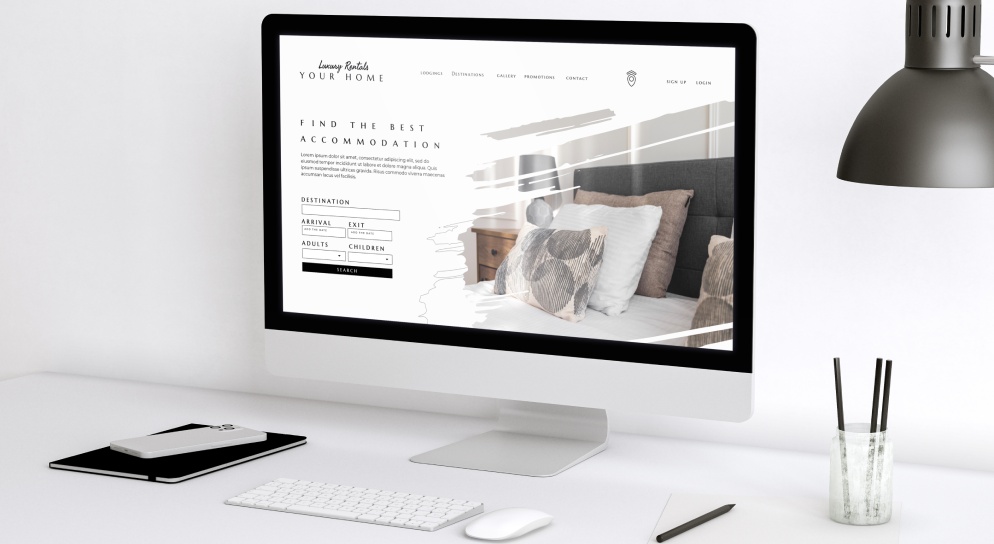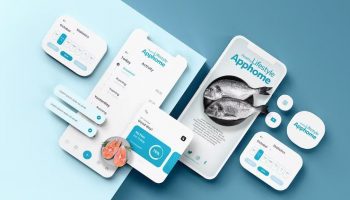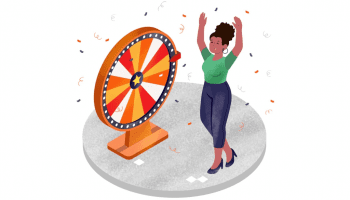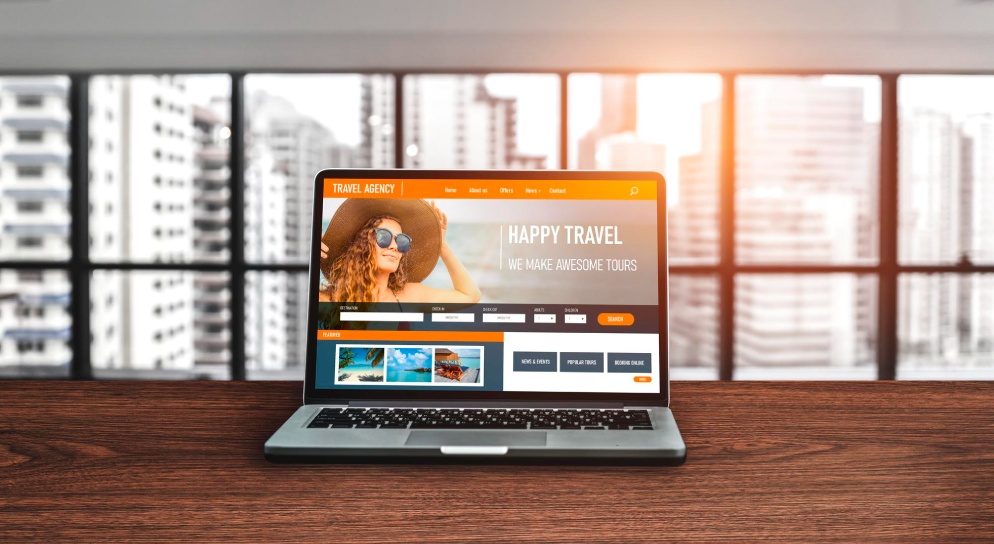Struggling to pick the perfect font for your next design project? Need help with how to choose a font for your next design project? There is no need for you to feel down.
With so many choices, figuring out where to start can take time. Don’t worry; I am here to help!
In this article, I’ll show you the best fonts for different design needs and make it easy for you to choose the right one. Therefore, keep reading to find the perfect font and make your project shine.
How to Choose a Font for Your Project?

Choosing the right fonts for your project is essential to ensure it fits your goals and communicates well. Here’s a simple guide to help you pick the best font:
- Know Your Audience: Think about who will read your content. Pick a font that they will like and find easy to read.
- Decide on Tone and Message: Think about the feeling and message you want to give. Different fonts can make people feel different ways—like formal, fun, or serious. Pick a font that matches how you want people to feel about your project.
- Make Sure It’s Easy to Read: Consider where your text will be seen—like on a screen or paper. Ensure the font you choose is clear and easily read in different sizes.
- Match Your Brand: Your font should show what your brand is about. If your brand is modern, pick a sleek, modern font. If it’s classic or fancy, choose a traditional serif font.
- Combine Fonts Carefully: If you use more than one font, ensure they look good together. Therefore, use a simpler font for most of your text and a fancier one for titles or essential parts.
- Try It Out: Before you decide, see how your font looks in your design. Make sure it fits well and makes your project look good.
- Think About Everyone: Choose fonts that are easy to read, especially for people who might have trouble seeing well. Additionally, make sure the text stands out clearly from the background.
- Use Good Sources: Get your fonts from trusted places like Google Fonts or Adobe Fonts. They have many fonts to choose from that are suitable for different projects.
Following these steps, you can find a font that makes your project look great and exactly what you want it to say.
The Importance of Choosing the Right Font
You often wonder why getting the correct font in place is essential. Why is it so crucial for every project to have a font specific only to it?
Well, I will explain why everyone must know how to choose a font. So, without further ado, let us get started:
1. Impact on Readability
Firstly, fonts significantly affect how easy it is to read your text. The right font makes your words clear and easy to understand, while a lousy font can make reading challenging and frustrating.
For instance, simple fonts like Arial and Helvetica are often used for online content because they are easily read on screens. On the other hand, fancy or complicated fonts can tire readers out quickly.
2. Brand Identity
Secondly, fonts help show what your brand is all about. The font you pick can say a lot about your brand’s personality.
For example, a modern font like Futura can make your brand look innovative, while a traditional font like Times New Roman can make it seem reliable.
Additionally, using the same fonts across all your materials helps people recognize your brand easily.
3. Emotional Response
Lastly, different fonts can make people feel different things. For instance, a fun, rounded font like Comic Sans can feel friendly and informal, which is great for casual or kid-friendly content.
A bold font like Impact can feel solid and urgent, perfect for grabbing attention. Therefore, knowing how fonts can affect feelings helps you pick one that matches the mood of your project.
Categories of Fonts
Several categories and types of fonts are available for anyone to pick from. Here are some of them that you must keep in mind:
1. Serif Fonts
Firstly, Serif fonts, known as serifs, have small lines or extensions at the ends of their letters. These serifs give the font a more traditional and formal appearance.
- Usage: Serif fonts are commonly used for printed materials like books, newspapers, and magazines because they help guide the reader’s eye along the text.
- Examples: Popular serif fonts include Times New Roman, Georgia, and Garamond.
2. Sans-Serif Fonts
Secondly, as the name suggests, Sans-serif fonts do not have small lines or extensions (serifs) at the ends of their letters. They have a clean and modern look.
- Usage: Sans-serif fonts, such as websites and presentations, are often used for digital content because they appear clear and crisp on screens.
- Examples: Popular sans-serif fonts include Arial, Helvetica, and Verdana.
3. Script Fonts
Thirdly, Script fonts look like fancy handwriting with swirling lines. They can be elegant and formal or fun and relaxed.
- Usage: Script fonts are used for designs that need a personal or artistic touch, such as invitations, logos, and decorative headlines.
- Examples: Popular script fonts include Brush Script, Pacifico, and Great Vibes.
4. Display Fonts
Lastly, Display fonts are designed to grab attention and make a statement. They often have unique, exaggerated designs and are used in larger sizes for headlines or logos.
- Usage: Display fonts are ideal for branding, advertising, and any design where you want to create a strong visual impact.
- Examples: Popular display fonts include Impact, Cooper Black, and Comic Sans (despite its controversial status).
Top Fonts for Different Types of Design Projects
Did you think that I was going to leave you hanging? That is not what we do here!
Here are some recommendations regarding fonts for your next project based on the type you are dealing with:
1. Web Design
Firstly, for websites, it’s important to use fonts that are easy to read and look good on screens. For instance, fonts like Roboto and Open Sans from Google Fonts are popular because they are clean and modern.
Examples:
- Roboto: Roboto is liked for its friendly look and works well for headings and paragraphs.
- Open Sans: Open Sans has a simple, friendly appearance and comes in different styles, making it versatile for web design.
2. Print Design
Secondly, print materials need fonts that are elegant and easy to read, especially in small sizes. Classic serif fonts like Garamond and Baskerville are great choices because they have a timeless style and are easy on the eyes in print.
Examples:
- Garamond: Garamond has a graceful, traditional look that is perfect for books, magazines, and formal documents.
- Baskerville: Baskerville has sharp serifs and a good balance between thick and thin lines, making it clear and readable in print.
3. Logo Design
Thirdly, logos should use fonts that reflect the brand’s identity and are easily recognizable. Therefore, fonts like Futura and Avenir are popular because they have clean lines that look professional and modern.
Examples:
- Futura: Futura has geometric shapes with a bold, futuristic look, making it ideal for solid logos.
- Avenir: Avenir is known for its balanced proportions and can be used for logos and corporate branding.
4. Mobile App Design
Lastly, fonts for mobile apps need to be clear and readable on small screens. Fonts like San Francisco (for iOS) and Roboto (for Android) are designed to be easy to read on mobile devices.
Examples:
- San Francisco: San Francisco was designed by Apple to allow clear reading on iPhones and iPads, regardless of screen size.
- Roboto: Roboto was created by Google and has a simple, modern style that’s easy to read on Android phones and tablets.
Conclusion
Choosing the right font is essential for clear communication and a polished design. By understanding your audience, considering readability, and reflecting your brand’s identity, you can pick a font that enhances your project’s impact.
Testing different options and ensuring accessibility will help you find the perfect font for your web design, print materials, logos, or mobile apps.
With thoughtful consideration, your font choice can elevate your project and leave a lasting impression.
I hope that this blog has been of help to you if you are searching for how to choose a font for your next design project. If you have any other queries, please let me know. All you need to do is scroll down and leave your comments in the box below.
Additional Reading:




























